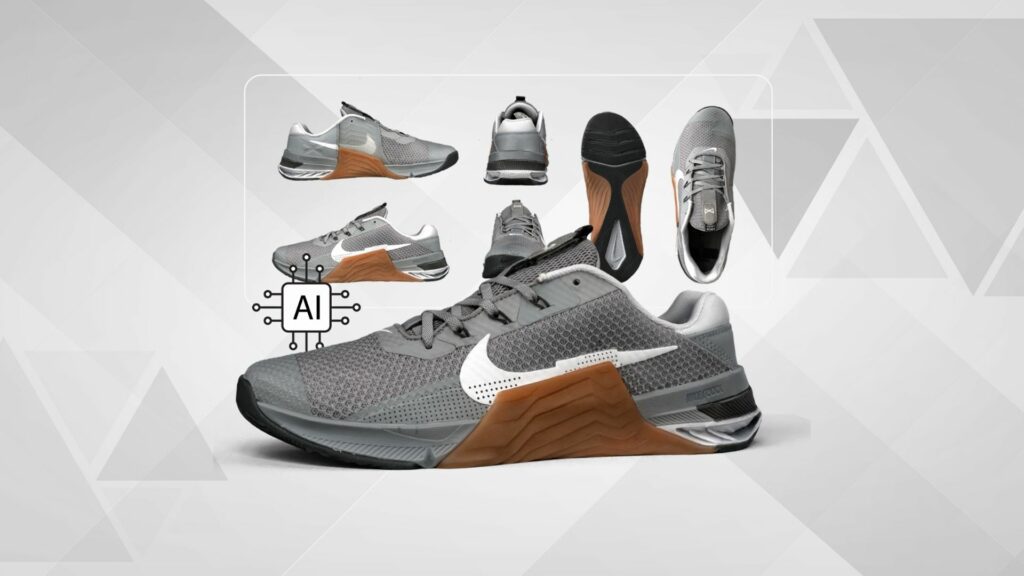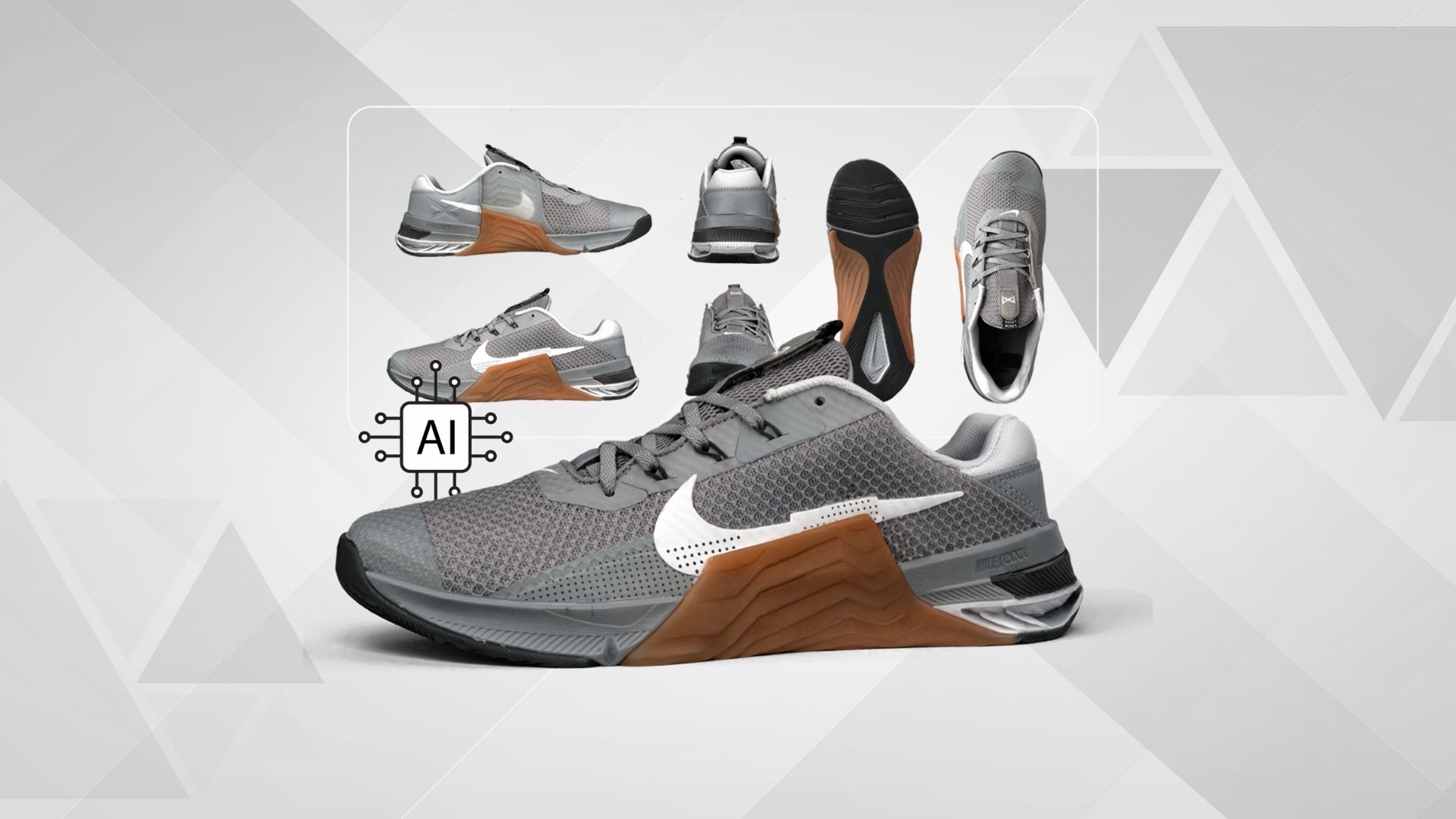In the fast-paced world of e-commerce and retail, creating a compelling visual experience for customers is crucial to driving sales and building brand loyalty. As consumers increasingly rely on online shopping, the challenge for businesses is to replicate the in-store experience as closely as possible. This is where 3D product staging comes into play, offering an innovative solution that is transforming the way products are presented and sold online. This article explores how 3D product staging is revolutionizing e-commerce and retail, the benefits it offers, and why it is becoming a key tool for businesses aiming to stand out in a competitive market.


What is 3D Product Staging?
3D product staging involves creating a detailed, three-dimensional digital representation of a product or an entire scene that can be viewed from any angle. Unlike traditional product photography, which offers only a limited number of views, 3D product staging allows customers to interact with the product, zoom in on details, and see it in various settings. This technology utilizes advanced rendering software to produce lifelike images that closely mimic the appearance of physical products.
The concept of 3D staging extends beyond individual products to entire scenes, such as a fully furnished room or a complete outfit. This approach allows customers to visualize how products will look in real-life settings, providing a more immersive shopping experience.
The Benefits of 3D Product Staging for E-Commerce and Retail
- Enhanced Customer Experience
- Interactive and Engaging: One of the most significant advantages of 3D product staging is its ability to engage customers in a way that traditional photos cannot. By allowing customers to interact with products—rotating them, zooming in on specific features, or changing colors and textures—3D staging creates a more dynamic and engaging shopping experience. This interactivity can lead to increased customer satisfaction and higher conversion rates.
- True-to-Life Visualization: 3D product staging offers a level of realism that static images simply cannot match. Customers can see products in their true form, complete with accurate textures, colors, and dimensions. This realistic visualization helps customers make more informed purchasing decisions, reducing the likelihood of returns and increasing overall satisfaction.
- Versatility and Flexibility
- Customizable Presentations: 3D product staging offers unparalleled flexibility when it comes to product presentation. Businesses can easily create multiple variations of a product, such as different color options, materials, or configurations, without the need for additional photoshoots. This capability allows for a more personalized shopping experience, as customers can explore different options and find the perfect product for their needs.
- Scene Creation: Beyond individual products, 3D staging enables the creation of entire scenes that showcase multiple products together. For example, a furniture retailer can create a 3D-rendered living room that features sofas, coffee tables, rugs, and decor items, allowing customers to visualize how the pieces work together. This holistic approach helps customers see the bigger picture and encourages them to purchase complementary items.
- Cost and Time Efficiency
- Reduced Need for Physical Samples: Traditional product photography requires physical samples of each product variation, which can be time-consuming and costly to produce. With 3D product staging, businesses can create digital models of products without the need for physical prototypes. This not only saves time and money but also allows for faster updates to product listings as new variations become available.
- Efficient Content Creation: 3D product staging streamlines the content creation process. Once a 3D model is created, it can be used across multiple platforms and marketing channels, including e-commerce websites, social media, and digital advertising. This versatility reduces the need for repeated photoshoots and allows businesses to maintain a consistent visual identity across all touchpoints.
- Increased Sales and Reduced Returns
- Higher Conversion Rates: The immersive and interactive nature of 3D product staging has been shown to increase customer engagement and boost conversion rates. Customers are more likely to make a purchase when they can fully explore a product and understand its features and benefits. The ability to visualize products in a real-world context also builds confidence in purchasing decisions, leading to higher sales.
- Lower Return Rates: One of the biggest challenges in e-commerce is the high rate of returns, often due to products not meeting customer expectations. By providing a more accurate representation of products, 3D product staging helps set realistic expectations and reduces the likelihood of returns. Customers know exactly what they are getting, leading to greater satisfaction and fewer returns.
- Competitive Advantage
- Stand Out in a Crowded Market: In today’s highly competitive e-commerce landscape, businesses need to find ways to differentiate themselves from the competition. Offering 3D product staging gives businesses a unique selling point, allowing them to stand out and attract customers who value a more interactive and realistic shopping experience.
- Early Adoption Benefits: As 3D product staging technology continues to evolve, businesses that adopt it early will have a significant advantage over those that stick with traditional methods. Early adopters can establish themselves as industry leaders and build a reputation for innovation and customer-centricity.
Applications of 3D Product Staging in E-Commerce and Retail
- Fashion and Apparel
- Virtual Fitting Rooms: 3D product staging can be used to create virtual fitting rooms, where customers can see how clothing items will look on a digital avatar. This technology allows customers to mix and match outfits, change colors, and view items from different angles, enhancing the online shopping experience.
- Accessory Visualization: Jewelry, handbags, and other accessories can be challenging to represent accurately in photos. 3D staging provides a solution by allowing customers to see these items in high detail, with the ability to zoom in on intricate features and textures.
- Furniture and Home Decor
- Room Staging: Furniture retailers can use 3D product staging to create fully furnished rooms that showcase their products in a realistic setting. Customers can explore different layouts, change wall colors, and see how various pieces of furniture look together before making a purchase.
- Customizable Options: Many furniture items come with customizable options, such as different fabrics, finishes, and sizes. 3D staging allows customers to visualize these options in real-time, making it easier to choose the perfect configuration for their space.
- Electronics and Gadgets
- Detailed Product Exploration: For complex products like electronics and gadgets, 3D staging allows customers to explore every detail, from button placements to ports and connectors. This level of detail helps customers understand the product’s features and functionality, leading to more informed purchasing decisions.
- Interactive Demos: 3D product staging can be used to create interactive demos that show how a product works. For example, customers can see how a smartphone camera operates, explore different settings, or watch a simulated video recording—all within the 3D interface.
- Automotive and Transportation
- Virtual Car Showrooms: The automotive industry is increasingly adopting 3D product staging to create virtual car showrooms. Customers can explore the interior and exterior of vehicles, customize colors and features, and even simulate driving experiences. This technology provides a comprehensive view of the vehicle without the need for a physical visit to a dealership.
- Parts and Accessories: Automotive parts and accessories can be difficult to represent accurately in photos. 3D staging allows customers to see these items in high detail, with the ability to explore how they fit and function in the context of the vehicle.
- Consumer Goods
- Household Products: 3D product staging is also beneficial for everyday consumer goods, such as kitchen appliances, tools, and personal care items. Customers can see how these products look in real-life settings, explore their features, and understand their scale and functionality before making a purchase.
- Personalized Products: For products that offer personalization options, such as custom engravings or monogramming, 3D staging allows customers to preview their personalized items before they are produced. This ensures that customers are satisfied with the final product and reduces the risk of returns.
The Future of 3D Product Staging in E-Commerce and Retail
As technology continues to advance, the future of 3D product staging looks promising. Here are some trends to watch:
- Augmented Reality Integration
- Try Before You Buy: Augmented reality (AR) is increasingly being integrated with 3D product staging, allowing customers to “try before they buy.” For example, customers can use their smartphones to see how a piece of furniture will look in their living room or how a pair of shoes will fit their feet. This integration creates a seamless and immersive shopping experience that bridges the gap between online and in-store shopping.
- Artificial Intelligence and Personalization
- Tailored Experiences: Artificial intelligence (AI) can be combined with 3D product staging to create personalized shopping experiences. AI algorithms can analyze customer preferences and behavior to suggest products or configurations that match their tastes. This level of personalization enhances the customer experience and increases the likelihood of a purchase.
- Virtual Reality Showrooms
- Fully Immersive Shopping: Virtual reality (VR) showrooms are the next frontier in 3D product staging. Customers can don VR headsets and enter a fully immersive shopping environment where they can explore products, interact with sales associates, and make purchases—all from the comfort of their homes. This technology has the potential to revolutionize the retail industry by offering a shopping experience that is both convenient and engaging.
- Sustainability and Reduced Waste
- Eco-Friendly Practices: 3D product staging contributes to sustainability by reducing the need for physical prototypes and samples, which can be wasteful and costly to produce. By embracing digital alternatives, businesses can reduce their environmental impact and adopt more eco-friendly practices.
Conclusion
3D product staging is revolutionizing the e-commerce and retail industries by offering a more interactive, realistic, and engaging shopping experience. As businesses strive to meet the evolving demands of consumers, 3D staging provides a powerful tool for enhancing customer satisfaction, increasing sales, and gaining a competitive edge. With the integration of advanced technologies like augmented reality, artificial intelligence, and virtual reality, the future of 3D product staging promises to reshape the way we shop online, making it more immersive and personalized than ever before.


